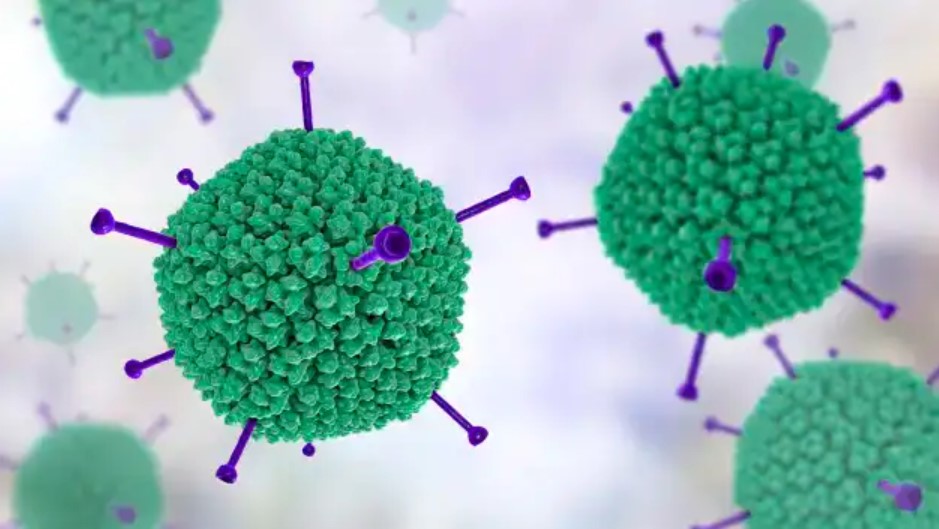
Hepatitis Detected In Nearly 300 Children Worldwide
- International News
- No Comment
- 336
Nearly 300 probable cases of children with severe hepatitis have been detected in 20 countries worldwide, with some in South East Asia, the World Health Organization (WHO) has said.
Health officials around the world are investigating a mysterious increase in cases of the liver condition which was first spotted in the UK.
A common virus called adenovirus, which has rebounded after the pandemic, could be causing the surge.
One death has been reported by the WHO.
As of 1 May, it said most cases of young children with hepatitis had been detected in Europe with small numbers also reported in the Americas, western Pacific and South East Asia.
The first cases of this unusual hepatitis were spotted in Scotland in children under the age of 10. More than 140 cases are now being investigated in the UK.
Most UK children had a mild form of liver inflammation, although 10 children have needed a liver transplant.
They had initial symptoms of vomiting and diarrhoea followed by yellowing of the skin or whites of the eyes, called jaundice.
The hepatitis viruses that normally cause the condition (viruses A, B, C, D and E) were not detected in any of the children.
Countries worldwide started looking for the unexplained liver condition ‘of unknown origin’ in children after it was highlighted by UK health officials.
There is no reason to believe the rare condition itself is spreading around the world.
Higher levels than normal
The WHO says it’s not yet clear if there has been an increase in hepatitis cases, or an increase in awareness of the condition which would normally go undetected.
Adenovirus was the most common pathogen detected in about three-quarters of the UK children with confirmed hepatitis who were tested.
And a particular type of adenovirus, called F41, was found in many of those samples after testing.
The same adenovirus is also reported to have been found in nine children with hepatitis in the United States.
UK health officials believe young children, who were not exposed to common viruses during the Covid pandemic because of reduced social mixing, are now being infected when they have no previous protection.
There are 50 different types of adenovirus and they generally cause colds, and sometimes sickness and diarrhoea. They rarely cause hepatitis in healthy children.
“While adenovirus is a possible hypothesis, investigations are ongoing for the causative agent,” the WHO said.
By BBC
https://www.bbc.com/news/health-61321501




